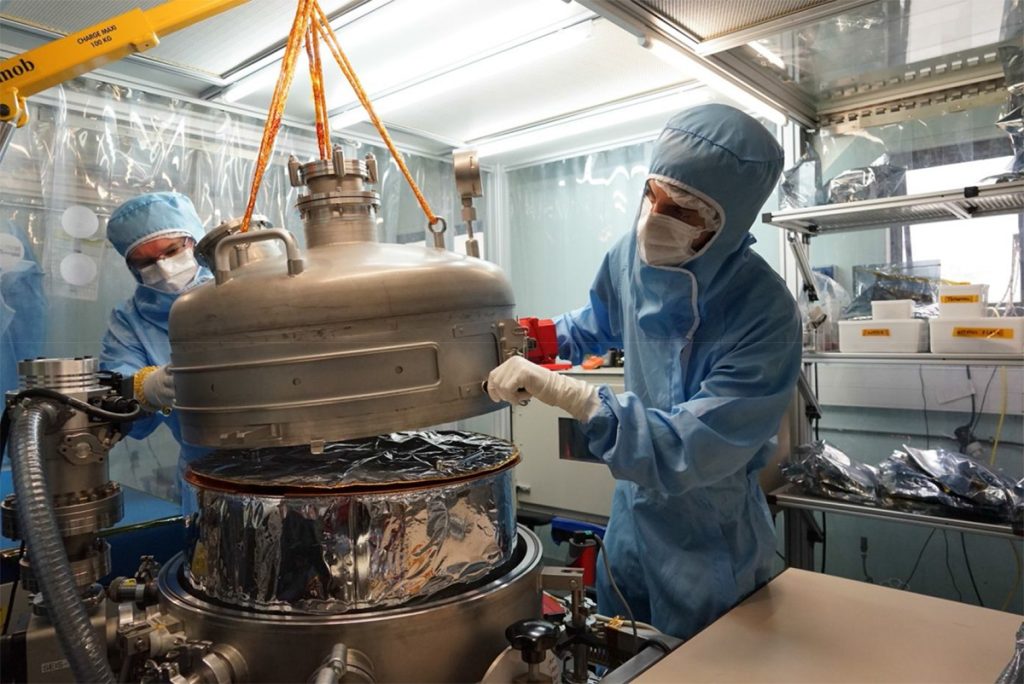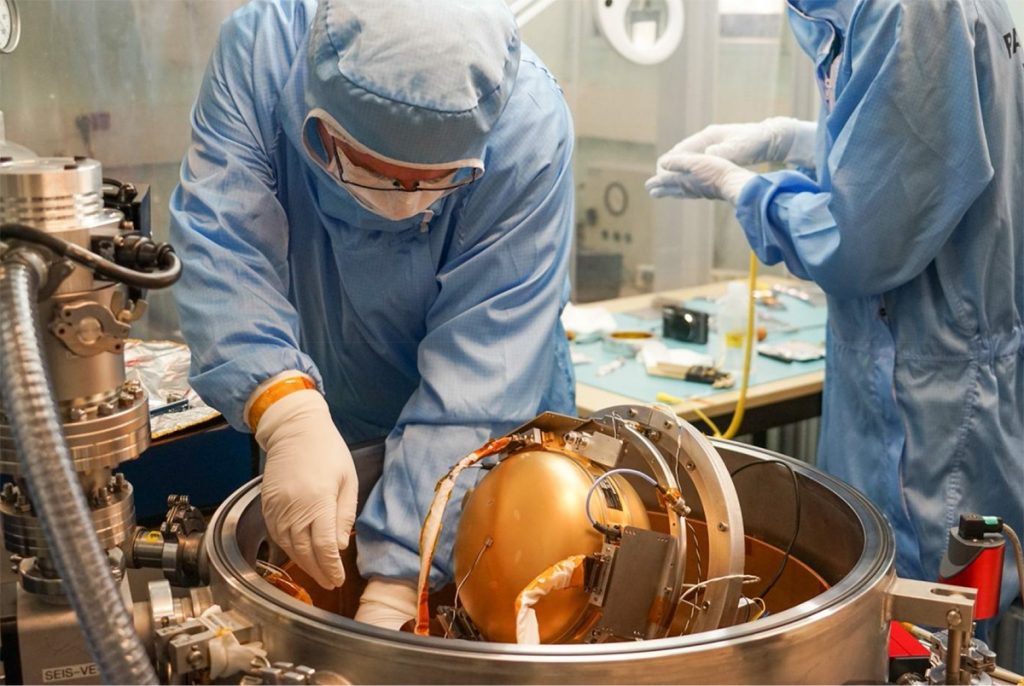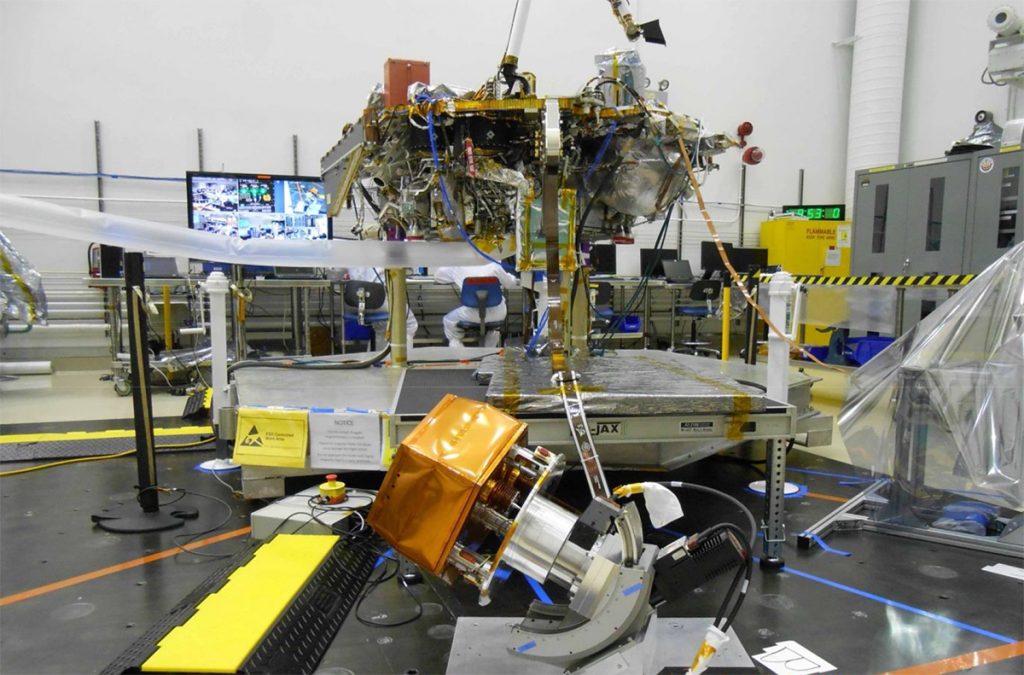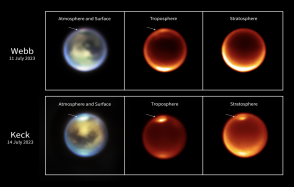IPGP’s final tests on the seismic sensors of the SEIS Martian seismometer on the InSight mission
On October 5th, 2017, the Institut de Physique du Globe de Paris (IPGP) reached another key milestone for the InSight mission, delivering the spare model of the SEIS seismometer sphere (protective enclosure and its three associated broadband sensors) to CNES, five months after the delivery of the flight model.
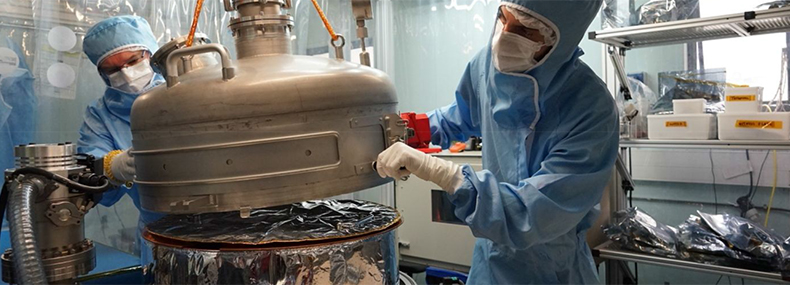
Opening of the martian sphere
Publication date: 23/10/2017
General public, Observatories, Press, Research
Related observatories : InSight Observatory
Related themes : Earth and Planetary Interiors





